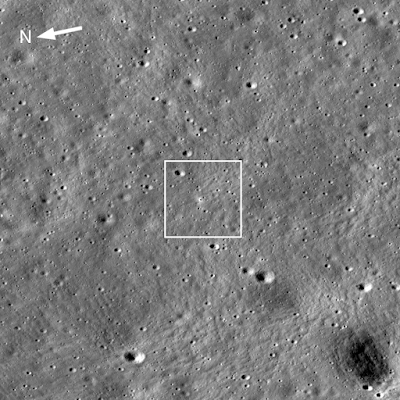Chandrayaan-3 Mission Soft-landing
Mission Components:
- Lander Module (LM):
- Lander Payloads:
- Chandra’s Surface Thermophysical Experiment (ChaSTE) for measuring thermal conductivity and temperature.
- Instrument for Lunar Seismic Activity (ILSA) to measure seismicity near the landing site.
- Langmuir Probe (LP) to estimate plasma density and variations.
- Lander special tests include integrated cold and hot tests, as well as testing the landing leg mechanism on lunar simulant.
- Propulsion Module (PM):
- Carries the LM to a lunar orbit of 100 km and separates from it.
- Accommodates Spectro-polarimetry of Habitable Planet Earth (SHAPE) payload to study Earth from lunar orbit.
- Rover:
- Rover Payloads:
- Alpha Particle X-ray Spectrometer (APXS) and Laser Induced Breakdown Spectroscope (LIBS) to analyze elemental composition near the landing site.
Mission Objectives:
1. Safe and Soft Lunar Landing:
- Demonstrate a safe and soft landing on the lunar surface.
2. Rover Mobility on the Moon:
- Demonstrate rover mobility and its ability to rove on the lunar surface.
3. In-situ Scientific Experiments:
- Conduct in-situ scientific experiments on the lunar surface.
Technological Advancements:
- Lander Technologies:
- Altimeters (Laser & RF-based), velocimeters (Laser Doppler Velocimeter), inertial measurement (Laser Gyro-based), propulsion system (800N Throttleable Liquid Engines, 58N attitude thrusters), navigation, guidance, and control (Powered Descent Trajectory design and associated software elements), hazard detection and avoidance (Lander Hazard Detection & Avoidance Camera, Processing Algorithm), and landing leg mechanism.
Testing and Preparation:
- Various specialized tests have been planned and carried out to demonstrate the advanced technologies required for lunar landing and operations.
Mission Launch:
- The mission will be launched using LVM3 M4 from SDSC SHAR, Sriharikota, aiming for a 100 km circular polar lunar orbit.
Overall, Chandrayaan-3 aims to advance lunar exploration capabilities and demonstrate vital technologies essential for future interplanetary missions.



